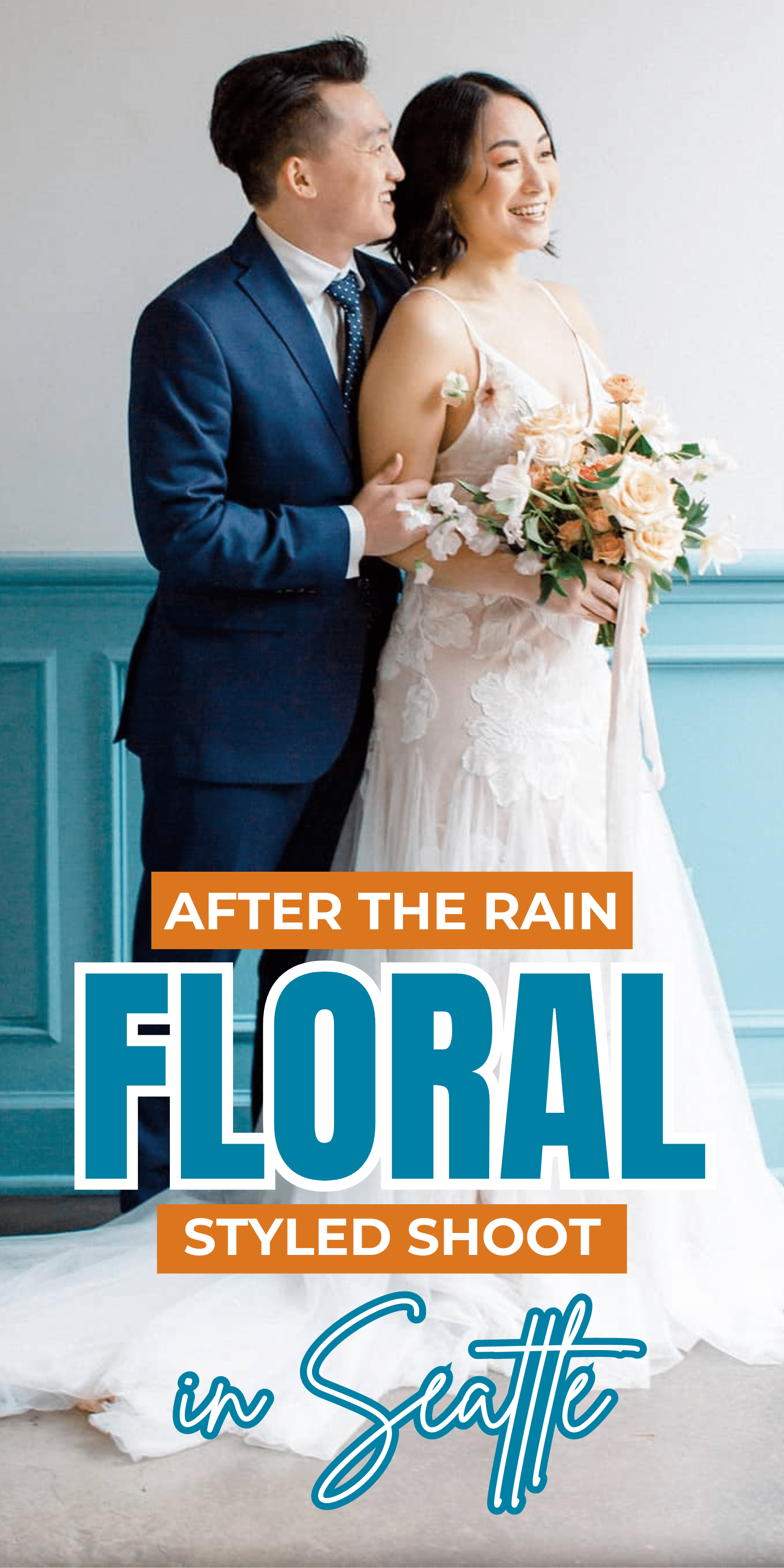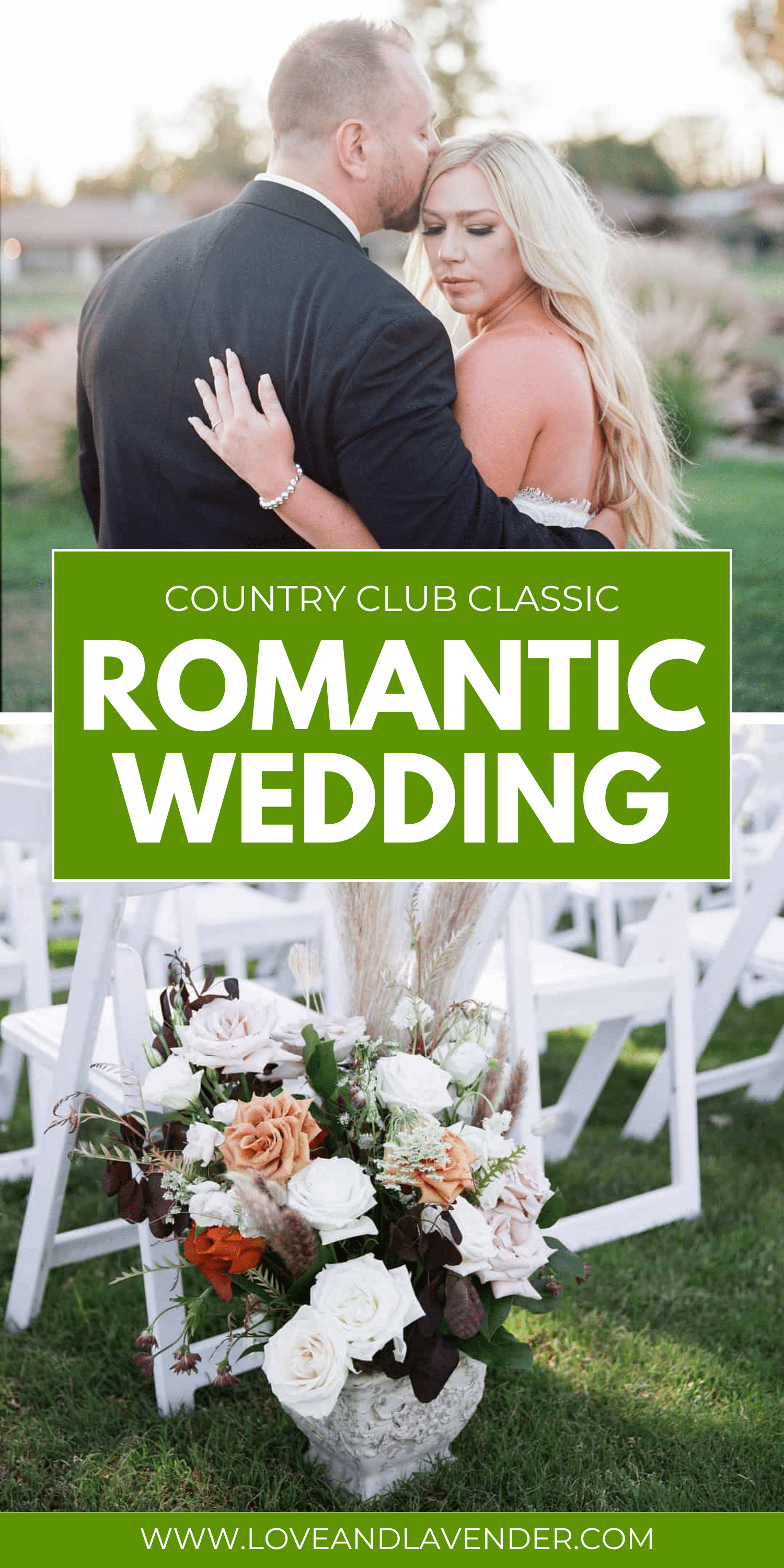Throughout history, the human eye has always been drawn to the color red — from bonfires and scarlet autumn leaves to rubies, fire trucks, and Elizabeth Taylor’s classic red lips. It is in one of the most deeply ingrained colors in our cultural consciousness.
In the fine jewelry world, rubies, spinels, garnets, and carnelians have dominated our flame-colored adornments, but one red gemstone burns brighter than them all and many people don’t even know it exists.
Red diamonds.
The rarest of all rare colored diamonds, these glittering red stones are something of a holy grail for gem collectors. They command some of the highest prices per carat, and even those who can afford one can have a tough time finding a red diamond of gem grade quality. Let’s explore the story behind this extraordinary gem.
What Is a Red Diamond?
Red diamonds confounded gemologists for many years because they are pure, unadulterated carbon all the way through. Most fancy colored diamonds get their unusual colorations from trace impurities that alter the body color of the stone — usually nitrogen, which causes yellow tints, or boron, which causes blue ones.
Red diamonds contain no trace elements at all. So what’s their secret?
It is believed that the color of red diamonds comes from a distortion in the crystal lattice of the stone while it is still growing, due to the intense pressure of having the literal world on its shoulders. This affects the way the light is broken up as it passes through the stone, allowing only the red hue to reflect back at us. This is similar to how pink diamonds are formed, only in this instance the distortion (and therefore, red color) is even more intense.
Very, very few examples of this diamond are found each year — as few as three or four across the entire world — but most of them come from the Argyle mine in Australia. You might recognize this name, as they’re famous for producing more colored diamonds than anywhere else in the world.
However, the Argyle mine shut its doors for the last time in 2020, which means that we will be seeing less and less of these diamonds coming onto the fine jewelry market. Colored diamond prices — which are already comparable with a cute four-story cottage in the Bahamas — are set to continue climbing, and quickly.
However, there have been examples of diamonds that are artificially treated to achieve bold red colors. This can be done with both natural diamonds and synthetics grown in a laboratory. While not as rare or valuable, this color treatment won’t change or fade over time, so this is a slightly more accessible alternative for someone looking for a red diamond.
How to Tell If a Red Diamond Is Real
Because red diamonds are so incredibly valuable, there are a lot of imitations on the market. In addition to artificial red diamonds and real laboratory grown red diamonds, there are a wealth of other red gemstones being used in jewelry — rubies, garnets, and red spinels are just a few examples. Plus, even real diamonds can be treated to create an artificial body color.
Red diamonds are very real diamonds and share all of the same geological and optical properties as standard colorless diamonds. They reflect and refract light in a very distinctive way, giving them their famous play of fire, brilliance, and scintillation that makes diamonds so coveted. Other red gemstones will not show these properties. You can read about some of the tests we can do at home to verify our diamond jewelry.
Unfortunately, it can be nearly impossible to tell if a diamond’s color is natural just with the naked eye. Most treated red diamonds get their color from a combination of heat and irradiation, though some older stones were given colored foil backings to give the illusion of color. The only way to identify heat and radiation treatment in a diamond is to entrust it to a gemologist, who can look at it under a powerful microscope and examine the absorption patterns of the stone. For this process, they use a special device called a spectrophotometer.
When buying a red diamond (or any other fancy colored diamond), always make sure it comes with a grading certificate from a reputable laboratory such as the GIA, and that the certificate outlines the exact identifying color of the stone and the color’s origin.
How to Determine the Quality of a Red Diamond
Red diamonds are unusual in that their hue is only evaluated in one coloration: red. Other colored diamonds are graded on a color scale from Faint, Very Light, Light, Fancy Light, Fancy, Fancy Intense, Fancy Vivid to Fancy Deep. Generally, the more rich, intense, and uniform the color, the more valuable the gem will be.
Red diamonds (which could be considered a variation of Fancy Deep Pink) can, however, have complimentary colors. These are grades like Purplish Red, Brownish Red, or Orangish Red. True red diamonds with no overtones are the most valuable, followed by the purplish reds.
Aside from color, red diamonds are evaluated with the same quality factors as any other colored or colorless natural diamond: cut, clarity, and carat weight.
Cut
When fashioning colored diamonds — particularly a color as rare and valuable as red — diamond cutters use all of their skills and experience to try and emphasize the body color as much as possible (this is in contrast to cutting colorless diamonds, where the gem cutter tries to minimize the appearance of any off body colors).
They position the facets and the angles so that any light entering the stone supports the intensity of the color, rather than diminishing it. This is a precise, advanced skill, and only the best diamond cutters in the business are allowed to work with fancy colored diamonds.
Clarity
While the clarity grade is always important to the value of the diamond, it’s a lower priority when grading colored diamonds. This is because fancy colored diamonds are so rare that even stones in the lower clarity grades are worth a lot.
When diamond cutters work with standard colorless diamonds, they will often cut around inclusions and blemishes to bump up the clarity grade and get the highest quality stone possible. When working with colored stones, however, the top priority is creating a finished gem with rich, saturated color. For this reason, they may sacrifice the clarity grade to ensure a more intense hue.
Carat Weight
Compared to other fancy colored diamonds, red diamonds are the rarest and consistently the most valuable. They are very seldom seen at jewelry auctions, but when they arise they sell for millions of dollars per carat. Small natural red diamonds start at a per carat price of around $400,000.
How to Care For a Red Diamond
Although diamonds are the most scratch-resistant natural material on earth, they are not indestructible and can chip or fracture if knocked too hard. The last thing you want to do is damage your red diamond since, unlike a colorless diamond, it’s probably irreplaceable.
Red diamonds should be worn in a setting that offers sufficient protection to any exposed corners or edges — a bezel setting or a channel setting is excellent for this, although six- or eight-pronged settings will also help to keep your stone safe. They should be kept clean of dust and old skin bits with a clean, soft cloth. Keeping your diamond nice and clean will also help show off its magnificent color.
What Are Some Famous Red Diamonds?
These are some of the most valuable gems in the world, which reside almost exclusively in private collections or museums.
The Hancock Red
Although this stone is small at only 0.95 carats, it has a big history. When it sold at auction in 1987 it brought in the highest per carat price of any diamond… ever. $926,315 per carat, to be exact. It’s believed that this sale changed the colored diamond market forever. The Hancock Red diamond is graded as a Fancy Purplish Red.
The Moussaieff Red
Originally known as the “Red Shield”, the 5.11ct Moussaieff Red diamond is the largest red diamond in the world. Unusually for colored diamonds, it also has a clarity grade of IF (internally flawless), adding to its immense value. It’s estimated to be worth over $20m today.
The Kazanjian Red
The Kazanjian Red Diamond is a stunning 5.05ct emerald cut that made its first appearance in 1927. It changed hands several times — including once being stolen by Nazis — and is now owned by jewelry collector Michael Kazanjian. The stone is often on loan to museums where it can be shared with the world.
The DeYoung Red
Named for jeweler Sydney DeYoung, this stone was originally purchased as a “garnet” brooch at an estate flea market sale. Syd knew something was up so he took it in for gemological testing, and the stone turned out to be… drumroll… a 5.03 VS2 Fancy Red diamond. In 1987, he donated it to the National Museum of Natural History in Washington, DC.
Red Diamond FAQ
Red diamonds are an extraordinary symbol of intense passion and creativity. They combine the excitement of red velvet theater curtains with the richness of the finest red wine. They are a particularly wonderful match for someone who wants to live life to its fullest potential all day, every day.
What’s the difference between red diamonds and rubies?
While both red stones are stunningly beautiful and durable enough for everyday wear, rubies don’t bend and distort light in the way that diamonds do. This is how diamonds — both fancy colored and colorless — get the distinctive brilliance and fire that has made diamonds such a cultural icon for so long. That being said, rubies are infinitely more affordable than red diamonds and are a classic choice for someone who wants a fiery red stone and whose last name isn’t “Cadillac”.
Can red diamonds be used for engagement rings?
Yes! If you’re lucky enough to get a hold of a natural red diamond (or a color treated or lab grown red diamond, for that matter), these are a wonderful choice for an engagement ring. They’re a particularly great choice for someone who wants to maintain passion, fire, and creativity in their new life.
Elite and Extraordinary
If diamonds are the Rolls Royce’s of the fine jewelry industry and colored diamonds are the stretch limos of the diamond market, red diamonds are the Orient Expresses of the colored diamond world. They are the ultimate in luxury, rarity, and collector’s appeal, something many people will never even see in one lifetime.
If you have the opportunity to invest in a red diamond, it will bring you generations of financial security as well as open the door to the most elite of elite collectors clubs.
Combining the sensual Bordeaux color of rubies with the brightness and flashes of color of the diamonds we all know and love, red diamonds are a truly exceptional treasure.
Did you find this post useful? Would you like to get back to it later? Save THIS PIN below to your Diamonds board!
 Pin
Pin














RDunn
February 5, 2022 at 11:00 pmInteresting article.
I happen to have an old mine cut flawless red diamond ring whose stone weighs 2.2 g (11 carats). The ring is stamped DBJ for DeBeersJewellers and you’d think that there would be some interest in a FLAWLESS BLOOD RED DIAMOND that is twice the size of any of the stones listed in the article.
Helpful ReviewYou’d THINK that Sotheby’s would be ALL OVER IT, that SOMEONE in their appraisals department would have noticed that the stone is cut in a style that hasn’t been used since we stopped relying on candlelight.
You see, the ring is one of the first to come from the original DeBeers mine, and I assumed from the style of the setting it was made somewhere between the edwardian and nouveau eras.
Do modern day, up and coming, young appraisers even know these things? Or do they undermine their own integrity by dismissing things that are rarely seen?
I want to sell the diamond. Funny that I can’t get anyone to actually LOOK at what I’m offering.
The red diamond I have is the most beautiful stone I have ever seen. There is a huge part of me that wants to keep it forever, but I want to sell it. Anyone interested in purchasing an 11C blood Red flawless natural diamond HMU. On sale for a limited time for $22M.
Andrew
April 6, 2022 at 12:43 am$22M seems like a bargain 😀
In all honesty, I agree that someone like Sotheby’s should want to evaluate and sell an 11 carat stone.
Wishing you best of luck with it.
Helpful Review